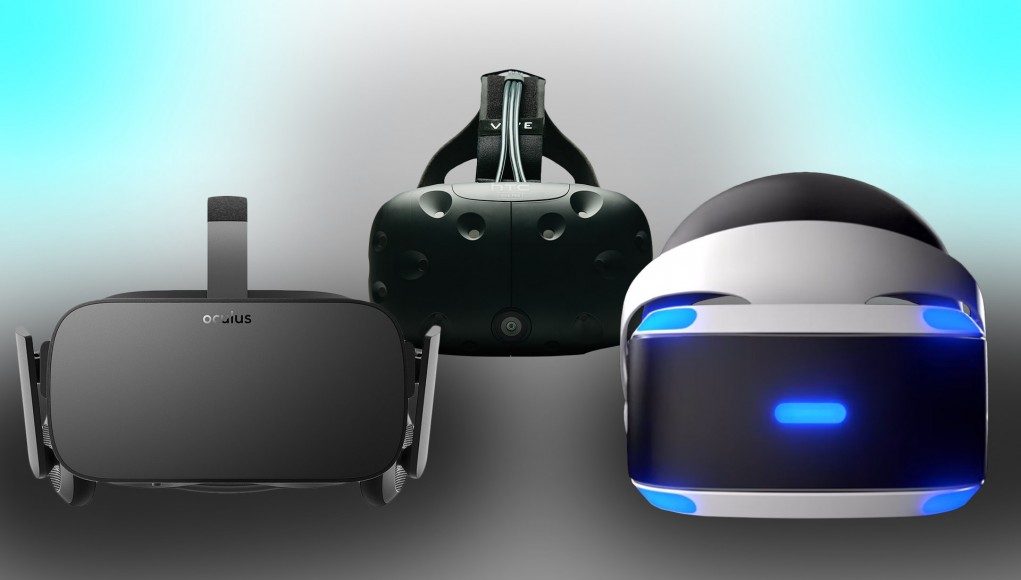After a negative outcry about the $600 price of the Oculus Rift, founder Palmer Luckey admits that he “handled the messaging poorly” on setting the price expectation. The loudest voices may not be the majority however, so we set out to see what people thought about pricing for the Oculus Rift, HTC Vive, and PlayStation VR.
Using the entirely unscientific tool of Twitter polls, we set out to get a feel for how our Twitter followers felt about the $600 price of the Oculus Rift, and perhaps more important, what their current expectations are regarding pricing of the forthcoming HTC Vive and PlayStation VR, neither of which have been priced. Which side of the Rift’s $600 they fall on could play a major factor in their adoption.
Oculus Rift
Oculus Rift began pre-orders in early January and will begin shipping at the end of March
Do you think the Oculus Rift price ($599) is too high?
— Road to VR (@RtoVR) January 11, 2016
Our Twitter followers were surprisingly almost perfectly split on this, with just a 1% majority going to those believing the price to be too high. This is of course a very subjective question—what is “too high”? For some, it’s ‘too high to personally buy’. For others, it’s ‘too high that it won’t see widespread adoption’. The reason behind the answer may be as important as the answer itself, but unfortunately we can only dig so deep with simple Twitter polls.
See Also: Oculus Founder: “pre-orders are going much better than I ever could have possibly expected”
Oculus Touch
Oculus Touch is expected to ship in the second half of 2016
If we’re going to try to compare prices, we need to be as consistent as possible. One important thing to note is that while the Oculus Rift can be pre-ordered today for $600, that price doesn’t include Touch, the company’s VR controllers which really complete the experience. For the purposes of this article, when we talk about the HTC Vive or PlayStation VR, we’re assuming these systems include both the headset and the controllers. Which brings us to an important question… how much do people think Oculus Touch will cost?
How much do you think Oculus Touch will cost? — Road to VR (@RtoVR) January 11, 2016
While this question had a clear victor in the $100-$199 range, a significant number of people (12% of those polled) expected a hefty price of $300-$399. If we are to assume that the majority of respondents to this poll are correct, and put the price of Touch at $100-$199, that makes the total Rift + Touch cost $700-$799, which will be an important point of comparison to the HTC Vive and PlayStation VR.
See Also: New Oculus Touch Photos Show Unidentified Feature & Matured Design
HTC Vive
The HTC Vive is due to begin pre-orders at the end of February and begin shipping in April
Do you think the HTC Vive will cost more or less than the Rift ($599)?
— Road to VR (@RtoVR) January 11, 2016
As it’s also a PC-based system, the HTC Vive is the most direct competitor to the Oculus Rift. 62% of respondents expected that the Vive would cost more than the Rift’s $600 price, which is probably a good bet given that the Vive will also include the VR controllers. Still, some 21% believe that the Vive system will cost less than the Rift.
See Also: Following Oculus Rift Price Reveal, HTC Thinks Vive Customers will be ‘happy with their investment’
PlayStation VR
PlayStation VR is due out in Q2 2016
Do you think PlayStation VR will cost more or less than the Rift ($599)? — Road to VR (@RtoVR) January 11, 2016
As the console-based contender up against the traditionally more expensive world of high-end PC gaming, PlayStation VR is hoped by a large majority (70%) to be the entry-level option, coming in at a lower Price point than the Oculus Rift. If this expectation is widely held beyond just our Twitter followers, Sony could be in trouble if they aren’t able to deliver.
See Also: Leaked $800 PlayStation VR Price Was an Error, Says Sony
In the end, these poll results only speak to our Twitter followers, and are unlikely to be accurately extrapolated to a wider group of potential customers for these VR systems. Still, it’s interested to see the expectations that have been set so far, at least in the eyes of our readership.







